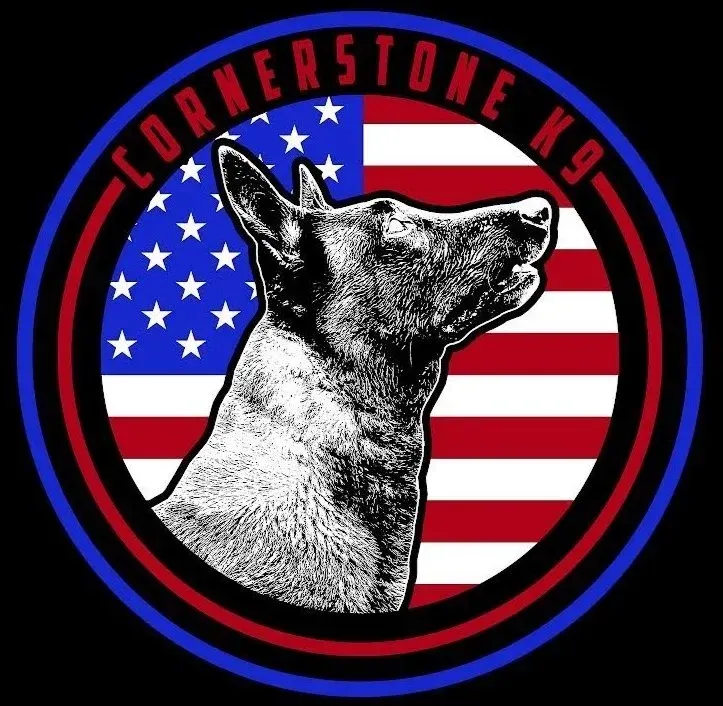
Characteristics of a Dog With Nervous Aggression
Is your dog showing signs of nervous aggression? This common behavioral issue affects thousands of pets and can be scary for both dogs and their owners.
Let me break this down for you:
Nervous aggression happens when dogs act aggressively because they're scared, not because they're mean. Think of it like a kid who lashes out when they're frightened - same idea!
Here's what makes this so important: Dogs with nervous aggression need help fast. The longer we wait, the harder it gets to fix the problem. Plus, it can be dangerous for everyone involved.
The good news? You're not alone in this. About 1 in 5 dogs shows some form of nervous aggression during their life. And better yet - once you spot the signs, you can start helping your furry friend feel safer and calmer.
That's why knowing what to look for matters so much. When you understand what's really going on with your nervous pup, you can take the right steps to help them feel better.
Understanding the Neurological Basis of Nervous Aggression
Let me tell you something fascinating: your dog's brain works a lot like yours when it comes to fear!
When dogs feel scared or nervous, their bodies go into survival mode. This happens because of special chemicals in their brain called neurotransmitters. Think of these as tiny messengers that tell your dog's body how to react.
The main player here is something called cortisol - it's like your dog's internal alarm system. When it goes off, your pup might start showing signs of nervous aggression.
Here's what happens in your dog's body:- Heart beats faster- Muscles get tense- Breathing speeds up- Brain goes into protection mode
Different dog breeds handle stress in their own special ways. Some breeds, like German Shepherds and Border Collies, tend to be more sensitive to stress because of their working dog heritage.
Your dog's family history plays a big part too. Just like you might have your mom's eyes, your dog might have inherited certain nervous system traits from their parents.
Breed TypeCommon Stress ResponseWorking DogsAlert barking, pacingHerding BreedsNipping, circlingToy BreedsTrembling, defensive bitingGuardian BreedsProtective stance, growling
Some dogs are more likely to show nervous aggression because of their genes. It's like they're born with a more sensitive "anxiety thermostat."
The really neat thing is that all these responses come from the same place - your dog's ancient survival instincts. Back when dogs were wild, these reactions kept them safe.
Remember: a nervous dog isn't a bad dog. They're just responding to their brain's natural safety system. Understanding this helps us help them feel safer and calmer.
Hidden Signs Most Owners Miss
Let me tell you something surprising: your dog is talking to you right now. Yes, really! Most pet parents miss these crucial signals that show their furry friend is feeling nervous or aggressive.
Subtle Body Language Indicators
Dogs are like open books - if you know what to look for. Watch for a stiff tail, even when wagging. That's often the first red flag.
Your pup might freeze briefly when stressed. It's like hitting the pause button before reacting. This usually happens before any growling starts.
Look at those ears! Flattened ears aren't just cute - they're saying "I'm not comfortable." And when your dog keeps licking their lips without food around? That's stress-talk.
Here's what to watch for:* Whale eye (showing whites of eyes)* Raised hackles* Tense mouth corners* Excessive yawning* Sudden scratching
Vocalization Patterns and Their Meanings
Think of dog barks like human words - they each mean something specific. A nervous dog might start with short, high-pitched barks. These often sound different from their usual "hello" barks.
The pitch tells you everything. Higher sounds mean higher stress. Lower growls? That's serious business.
Watch how the sounds change over time. It's like a ladder - starting with whines, moving to barks, then possibly growls.
Bark TypeMeaningWarning LevelShort, sharpAlert/UncertaintyLowHigh-pitched whineAnxiety/StressMediumLow rumbleSerious warningHighRapid successionImmediate actionUrgent
Remember: these signs rarely appear alone. They're like puzzle pieces - put them together, and you'll see the bigger picture of what your dog is trying to tell you.
Pay special attention when these sounds combine with tense body language. That's your cue to step in before things escalate.
Environmental Triggers and Management
Listen up: Creating a peaceful home for nervous dogs isn't rocket science. It's all about smart setup and simple fixes.
Dogs with nervous aggression need their own safe zones. Think of it like giving your pup their personal retreat. A quiet corner with their favorite bed and toys can work wonders.
For design, keep things low-stress. Block windows where your dog might spot triggers like passing dogs or mail carriers. Use baby gates to create escape routes. This gives your anxious friend options when they feel overwhelmed.
When you've got multiple dogs, space is your best friend. Here's what works:
• Separate feeding stations• Multiple water bowls• Different rest areas• Individual toy zones• Multiple potty spots outside
Managing multiple dogs means watching body language. Keep excited play sessions short. Give each dog their own quiet time. Think of it like having kids - everyone needs their personal space sometimes.
Smart space planning makes all the difference. Use vertical space with raised beds and crates at different heights. This helps nervous dogs feel more secure when they can see their surroundings.
Stress SignalWhat It MeansQuick FixLip lickingFeeling anxiousCreate distanceWhale eyeUncomfortableRemove triggerStiff bodyGetting tenseRedirect attentionHidingOverwhelmedRespect spacePacingNeeds outletCalm activity
Remember: A well-planned space isn't just about looks. It's about creating a home where every dog feels safe to be themselves.
The Role of Brain Chemistry in Treatment Approaches
Listen up, because this is super important: Your dog's brain is like a complex control center that affects everything they do. And when it comes to nervous aggression, understanding how their brain works is the key to helping them feel better.
Modern science has shown us some amazing things about how dogs' brains process fear and anxiety. It's actually pretty similar to how our own brains work!
Modern Behavioral Modification Techniques
Recent studies have uncovered that dogs learn best through positive experiences. Think of it like building a happy memory bank - the more good experiences they have, the less likely they'll react with fear.
Experts now use cognitive behavioral therapy techniques adapted specially for dogs. This means changing how they think about scary things by making them fun instead.
The coolest part? We've discovered that gradual exposure works wonders. It's like teaching a kid to swim - you start in the shallow end, not the deep pool!
Understanding Medication Options
Sometimes, our furry friends need a little extra help from medicine. But here's the thing: it's not about drugging them into calmness.
Modern medications work with your dog's natural brain chemistry. They're like a gentle helping hand, not a heavy knock-out punch.
Treatment TypeBest ForSuccess RateBehavior Mod OnlyMild Cases65%Medication OnlySevere Cases70%Combined ApproachMost Cases85%
Natural alternatives that really work:* L-theanine supplements* Calming pheromone diffusers* Pressure wraps* Hemp-based products
The best part? Many vets now combine these approaches for amazing results. It's like having multiple tools in your toolbox - each one helps in its own special way!
Remember: every dog is different, and what works for one might not work for another. But with these modern treatment options, there's hope for every nervous pup out there!
Dealing with nervous aggression in dogs isn't easy. But now you know the signs to watch for and steps to take. Remember, your furry friend isn't trying to be difficult - they're just scared and need your help.
The good news? With the right mix of patience, training, and sometimes medicine, most dogs can get better. Start by making small changes at home to help your dog feel safer.
Watch your dog closely. Notice those little signs we talked about. The sooner you spot them, the better you can help.
Most importantly, don't give up! Every small step forward is a win. If you're stuck, reach out to a dog trainer or vet who knows about nervous aggression.
Your pup is counting on you. With time and love, you can help them become more confident and less fearful. That's what being a great pet parent is all about!

